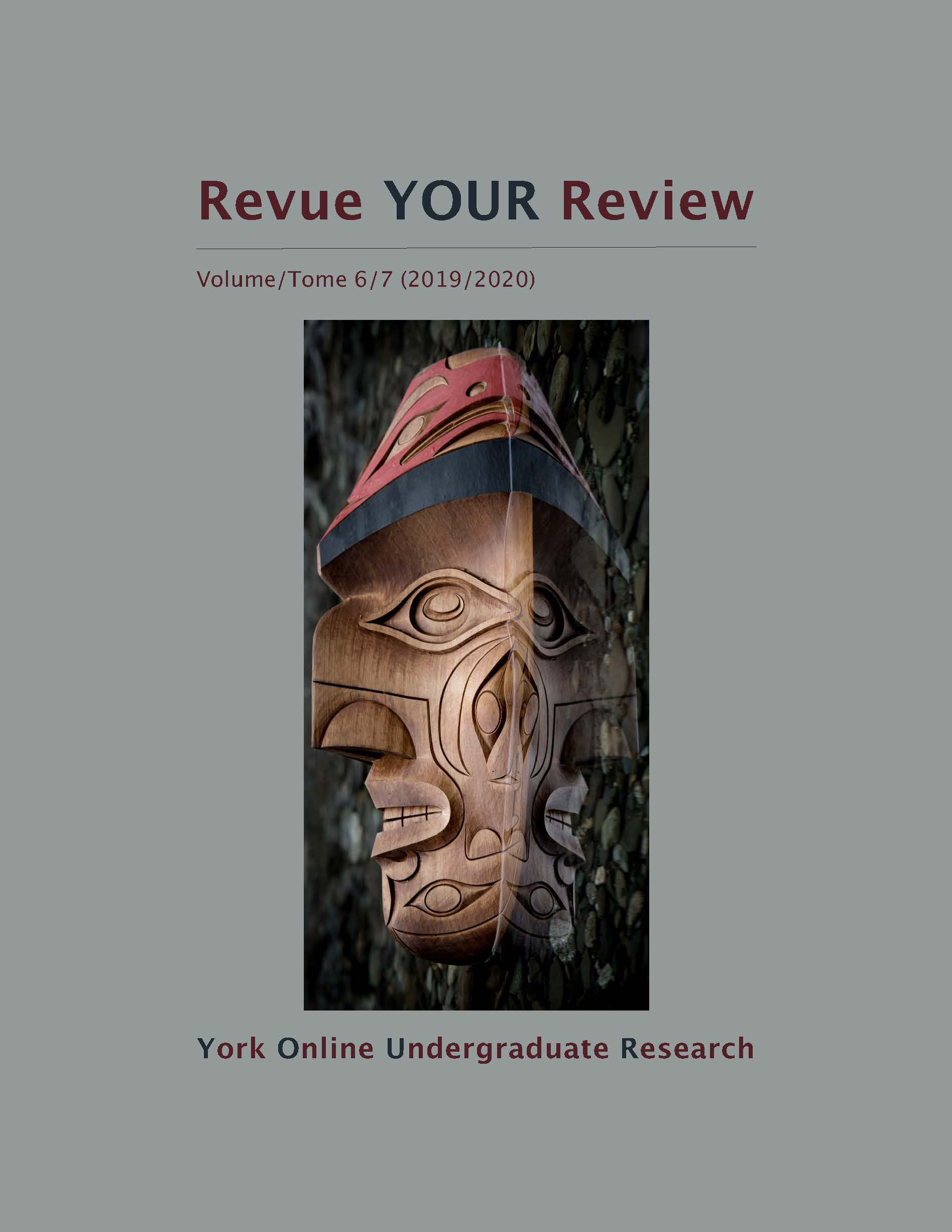Oscillating Between Fear and Relief: A Volatility-Based Aggregate Market Return-State Model
Abstract
Is there a generalizable relationship between aggregate market returns and implied volatility variables that can extend the predictions made by existing volatility forecasting models? The purpose of this study is to explore any existing implied volatility in the market return relationship. I distinguish between two state variables: implied volatility level and implied volatility changes. VIX and S&P 500 daily data were obtained for the period 1990 to 2016. The relationships are examined with linear, non-linear, and quantile regressions, a cross-sectional analysis including difference of mean tests, and multiple cross-sectional event studies to investigate market behaviour around each cross-sectional observation. This study finds evidence for significant asymmetric and non-linear relationships between implied volatility variables and macro market returns. Volatility-based macro market return-states, as described by the cross-sections, are found to rigorously filter for sign and magnitude of returns, and have significantly different return expectations. Since volatility is more easily forecast than market prices, these findings hold significant value for investors and risk managers, both in managing tail risk and in making investment decisions.
Downloads
Published
How to Cite
Issue
Section
License
LicenseAuthors contributing to Revue YOUR Review agree to release their articles under one of three Creative Commons licenses: Creative Commons Attribution 4.0 International; Creative Commons Attribution-NonCommercial 4.0 International; or Creative Commons Attribution-NoDerivatives 4.0 International. All editorial content, posters, and abstracts on this site are licensed under Creative Commons Attribution-NoDerivatives 4.0 International. For further information about each license, see:
https://creativecommons.org/licenses/
In all cases, authors retain copyright of their work and grant the e-journal right of first publication. Authors are able to enter into other contractual arrangements for the non-exclusive distribution of the e-journal's published version of the article (e.g., post it to an institutional repository or publish it in a book or in another journal), with an acknowledgement of its initial publication in this e-journal.


